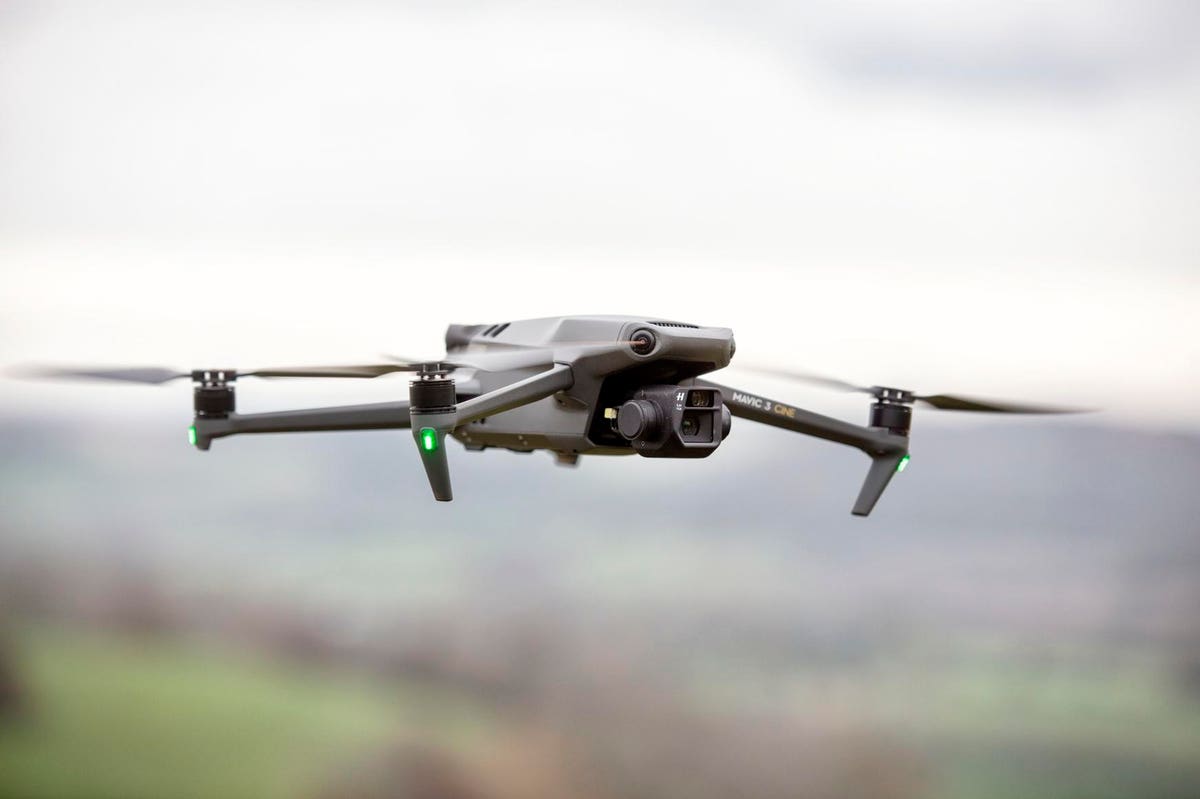In the world of small drone making, all roads leads from China: Shenzhen-based DJI dominates the global market with an estimated 70% share, and makers of small drones like the FPV kamikazes used by both sides in Ukraine are almost totally reliant on China for parts. The Indian government is seeking to break this reliance and kickstart an indigenous drone industry which could rival China.
International concern over use of Chinese-made drones has been brewing for some years, notably with a U.S. ban on the use of DJI drones in the military in 2018. The main issue was that the Chinese government could lean on DJI to provide data from the drones, for example their locations, along with the potential risk of spyware or other hidden hazards. The US has also set up the Blue sUAS initiative to encourage locally-made alternatives to small Chinese drones.
India banned the import of Chinse drones in 2022, and is now taking things further with a reported ban on the use of Chinese components in Indian drones. Indian military officials, speaking anonymously, told reporters that parts from “countries sharing land borders with India will not be acceptable for security reasons” according to a report in Reuters on August 8th.
This is a bold move. Ukraine and Russia both use DJI quadcopters extensively on the battlefield, simply because there is no other easily available alternative, despite the company’s insistence that their drones should not be used for warfare. Both sides also rely on hundreds of small workshops to assemble the lethal FPV kamikazes which are becoming the signature weapon of this conflict, all of which depend on Chinse imports – one Russian commentator claimed that Ukraine had bought up the entire stock of available parts, though some Ukrainians now claim that Russia produces more FPVs than they do.
The problem is that DJI has built a highly effective vertically-integrated business. Component makers produce cameras, communications, processors and other elements to fit DJI’s exact specifications. DJIs enormous size — the company is believed to make several million drones a year — means that they not only benefit from the greatest possible economies of scale, but they singlehandedly support a whole ecosystem of component makers who would not exist otherwise. This in turn has spun off sub-industries producing parts for specialist drone makers such as the FPV racing sector. Any country wishing to imitate this will have to recreate the complete supporting structure and build their own ecosystem.
Stopping Chinese imports may be a good first step for India: any drone maker will struggle to compete with advanced, low-cost imported models. Building relationships with other countries may also be important. Garuda Aerospace, one of India’s leading drone makers, this week announced new international partnerships with Aero Sentinel and Titan Innovations of Israel, U.S.-based Easy Aerial, Azur Drones from France.
In a press release, Garuda CEO Agnishwar Jayaprakash described the arrangement as “partnerships designed to fill the void left by DJI and build on the momentum garnered by this rapidly growing market.”
The deal cover drones produced for the defense, security, and civil infrastructure sectors.
The Indian military is serious about locally-made drones, for example showing off a swarm of 75 attack drones hitting targets in a demonstration in 2021 (the swarm drones are now reportedly in service). In July the government announced an order for 97 locally-made reconnaissance drones to monitor the borders, and this week they ordered 200 logistics drones from startup Dhaksha Unmanned Systems. But obstacles still remain, and in June Defense Minister Rajnath Singh revealed a deal to buy MQ-9 Reaper drones from the U.S., prompted partly by delays in India’s own Rustom-2 Medium Altitude Long Endurance drone program.
The challenge with emulating China’s success is likely to lie in scale as much as the number of moving parts involved. Red Cat Holdings announced this week that its subsidiary Teal Drones would supply 172 Teal 2 quadcopters to the U.S. Defense Logistics Agency (DLA). Teal is one of the companies involved in the U.S. indigenous drone program and the drones will fulfill the sort of role that Chinese-made consumer quadcopters would elsewhere, but batches of that size are invariably more expensive than the thousands of drones turned out by DJI daily.
Brig. Gen. Yuriy Shchyhol, in charge of drone procurement for the Ukrainian military, has announced plans to buy 200,000 drones this year alone. A company like Teal is not scaled to handle that kind of order, and while Ukraine has many local drone startups, a large proportion of the drones or their components will inevitably be Chinese.
If India does succeed in building a large-scale production base for small drones, it could win them a strategically important role. Nations who are unwilling or unable to buy from China would welcome an alternative supplier. Being able to supply an increasingly important weapon of modern warfare to selected clients would put India in a strong position. Turkey has become a ‘drone superpower’ in recent years thanks to its ability to provide potent Bayraktar TB2s and similar hardware to favored allies. India could achieve a similar, and perhaps even more significant role, by competing with China in the small drone marketplace.
Read the full article here





